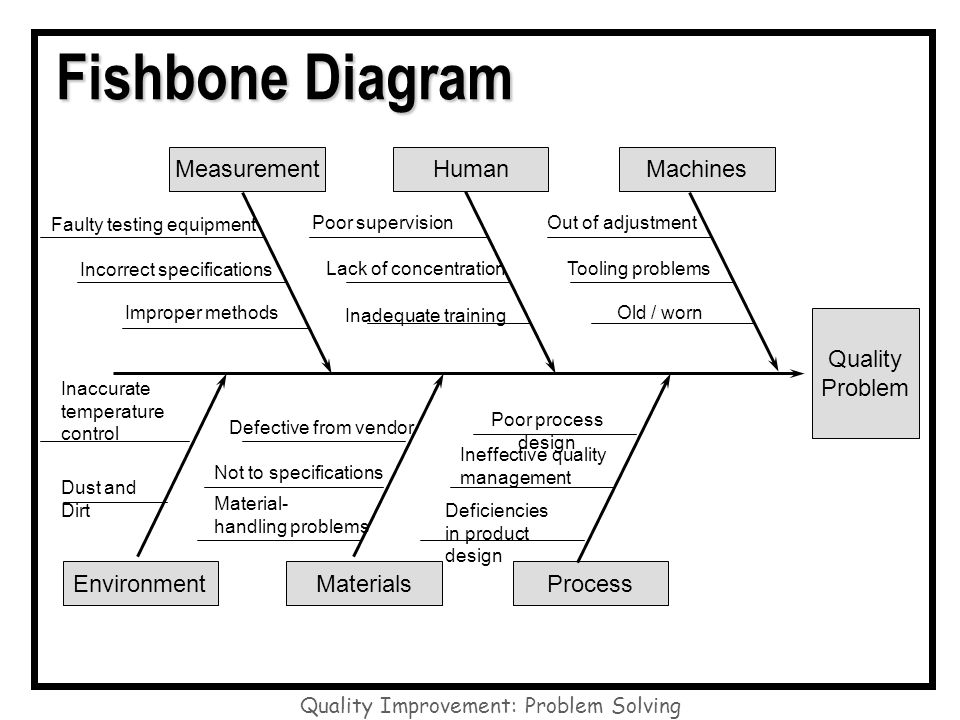
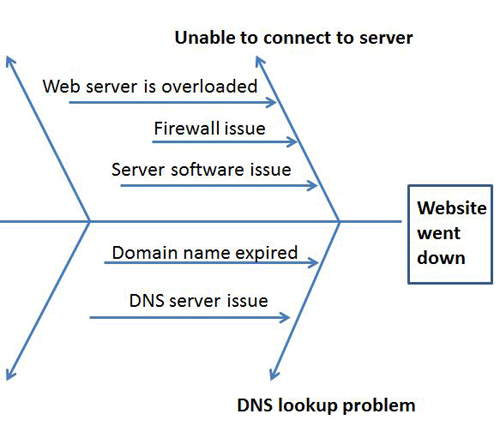
2017/2/13 – 2/17 (5 days)
Willingness
Why refuse to do it? FEAR
How you keep up with the latest technology related to your job?
Where do you find time to do it?
What is the new technology that you have learnt for the past 2 years?
What the supervisor can do to help you to acquire more training?
M15 / Duty Stmt / Job Desc
Work assignment changes
update duties
discuss with employee, clarify new assignment
employee signs
task statements
Performance review
probation
individual development plan
performance appraisal
out of class grievance
union inquiries
Duty stmt
Essential functions //the reasons why the job exist !!
30% …
30% . . .
To-do list:
call HR, want to update the duty statements
get a copy of the current ones
give it to the employee who is current working on the job
update the duty statements; keep in current
M16 / Interviewing
** OP relieve form for OP files Use as a reference
Matrix between ability vs willingness
** Willingness is the key to success
Willingness
accept feedback
do the job enthusitically
take feedback
learn from others
Probing
Start with open-ended questions
Ask follow-up questions
'Can you give me an example'
Ask closed questions to confirm a point. 'Am I correct that you do not have experience on .NET'
Rating
Excellent, strong, acceptable, minimally acceptable, below acceptable
Provide all the experiences and knowledges for you to perform your job as the developer for an accounting system using propritery language?
Describe the major development activities to build a bank interface with our accounting system?
How many teams/units will be involved?
What will be the M&O issues might it be?
It is a 6 months project, 30 days before the production release date, one of the 5 modules might not be ready for the release date. As the tech lead for that project, what kind of solutions can you offer to meet the deadline?
What action would you take and why?
Use past tense to get the information and fact happened in the past and not some theortically answer.
M17 / Onboarding new employee
M 22 / Motivation technique
set smaller weekly goals
provide incentive – like an extra paid day off
radiate positivity / be an example
show your excitement about the company's goals
be transparent
prioritize work-life balance
show them the bigger picture
offer opportunities for advancement
take a genuine interest in the future path of an employee's career
just listen thoughtfully
respect the job they do *** reward great work
invest in training
Demotivate someone
Don't fully respect your employees
take credit for a project that others did
lose your temper
don't stand up for your employers when under personal or organizational attack
The assertive script
describe behavior
objectively, without judgement words
impact
on the work, not the feelings
request
something specific and understandable
Motivation
25% self motivated
65% ← can be motivated or not
10% not motivated
frequent small team rewards
group problem solving
food + fun + recongrition
one-on-one meeting
group upward review
Roadblocks to listening
advice + 1
giving advice making suggestions, providing solutions
advice questions
reassurance
criticism
judging, criticizing, disagreeing, blaming
jump to conclusion
overreacting to emotional words
interruption + 1
interpreting
withdrawing, distracting, changing the subject
related stories
http://www.coachingspeech.com/files/Commapp/Listening/7%20roadblocks%20to%20listening%20key.pdf
effective listening
peel the onion silence, tell me more
keep an open mind
don't impose your ''solutions”
summarize the issue //ask questions only to ensure understanding
so you're saying …
what have you already done about it? 3 times
problem solving
what can you do about it? Options? 3 times
Assertiveness
'level of assertiveness'
Assertiveness is often seen as the balance point between passive and aggressive behaviour, but it’s probably easier to think of the three as points of a triangle.
https://www.uscg.mil/auxiliary/training/tct/chap8.pdf
Assertive people recognize boundaries between their ideas and those of others. People responding assertively are aware of their feelings. Tensions are kept in a normal, constructive, and situationally appropriate range. Actions that indicate assertive behavior include:
Ask task-related questions.
Suggest alternative solutions/courses of action.
State opinions of decisions/procedures that have been suggested.
Avoid letting rank differences threaten mission safety or performance (refuse an unreasonable request).
Maintain their position when challenged, until convinced by facts.
Confront ambiguities and conflicts.
Ask for assistance when overloaded or having
difficulty with a task.
https://www.skillsyouneed.com/ps/assertiveness.html
Assertive behaviour includes:
Being open in expressing wishes, thoughts and feelings and encouraging others to do likewise. See our page on Managing Emotions.
Listening to the views of others and responding appropriately, whether in agreement with those views or not. See our page on Active Listening.
Accepting responsibilities and being able to delegate to others. See our page on Delegation Skills for more.
Regularly expressing appreciation of others for what they have done or are doing. See our page on Gratitude and Being Grateful.
Being able to admit to mistakes and apologize.
Maintaining self-control. See our page on Self-Control for more.
Behaving as an equal to others. See our page on Justice and Fairness to explore further.
Problem solving
SWOT analysis (Strengths, Weaknesses, Opportunities, Threats)
fishbone (2 diagrams – why diagram + how diagram)
motivation
brain storm – fishbone
filter / scope – criteria
action – action plan (what item, who, when)


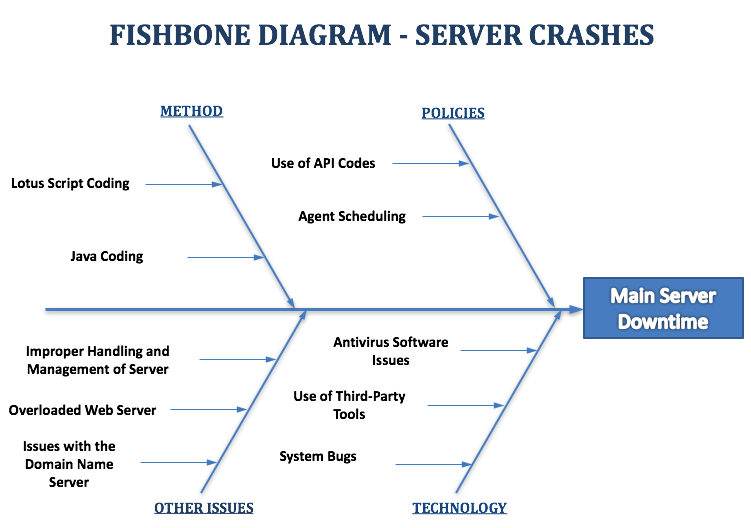
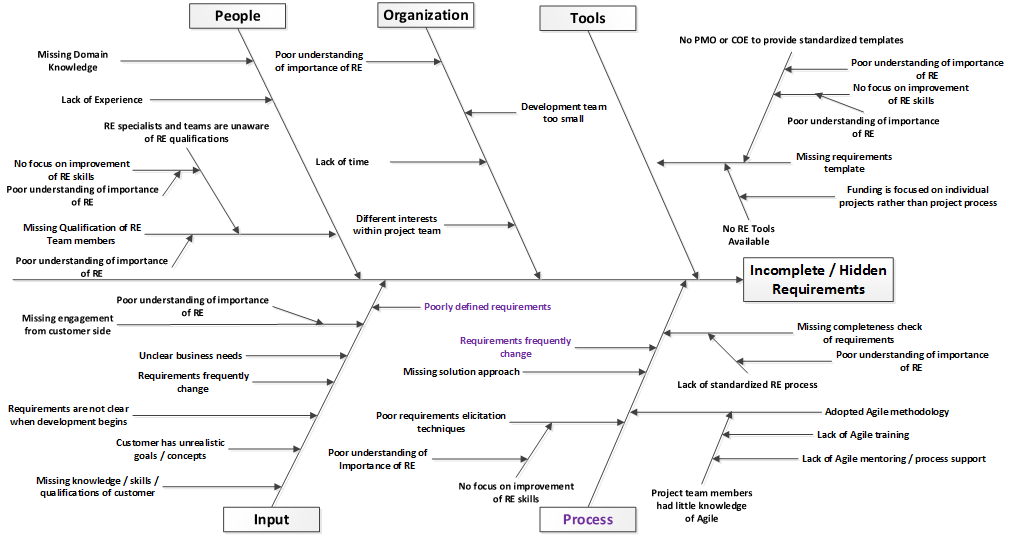
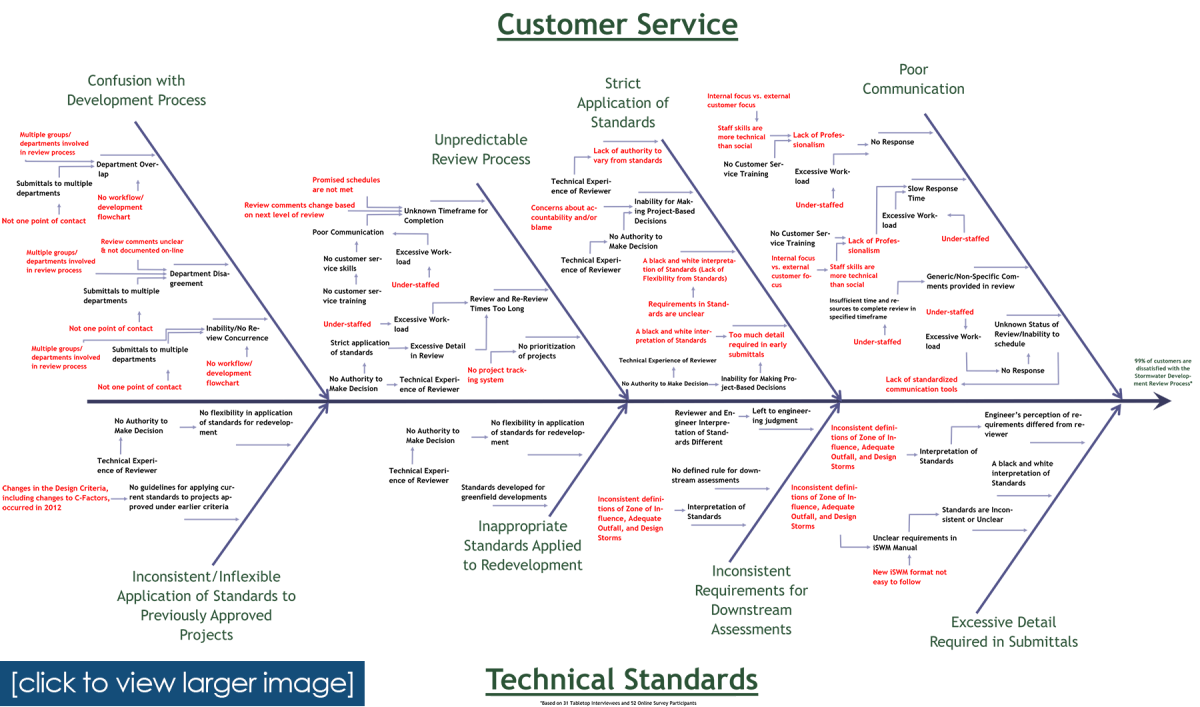
SWOT Analysis example http://www.toolshero.com/strategy/swot-analysis/
A couple of business analysts of a Telecom provider draw up the following SWOT Analysis:
Strengths
We deliver high-quality products and we provide a fast service
Customer satisfaction score: 4 out of ten
Weaknesses
Complaints: 10% of the weekly correspondence
Many old hands with a lot of knowledge
Opportunities
There is a need for an expansion of our services and especially in the area of mobile user experience
We are faster when it comes to adopting new technologies than others units
Threats
Not enough coverage on all areas of support
Not a true primary and secondary models of knowledges base of support
How to deal with 'toxic' employee
document everything
talk to the boss and HR
progress report
training
interm reports every month
https://hbr.org/2016/10/how-to-manage-a-toxic-employee
Some are either unable or unwilling to change. Porath’s research on incivility has meanwhile found that “4% of people engage in this kind of behavior just because it’s fun and they believe they can get away with it.”
Document everything If you conclude that you really need to fire the person, you must first document their offenses and any response you’ve offered so far. “You want to establish a pattern of behavior, the steps you took to address it, the information, warnings or resources provided to the employee, and the failure of the employee to change,” Porath says. Include “supporting material” too: formal complaints, relevant information from performance evaluations, such as 360-degree or peer reviews. The idea, says Minor, is to protect yourself and the company and to show your employee exactly why they are being let go.
https://www.entrepreneur.com/article/251614
offer extra training
introduce improvement plans
provide clear expectations
demand accountability
enforce delegation
foster a collaborative workplace
introduce stress management measures
enforce strict antibullying prolicies
carefully document negative behaviors
discuss current performance & expected performance
offer EAP
offer training
send an email summarize what was discussed
after 3 discussions, call HR or labor relations to help with a counseling memo
toxic defend
everyone was doing it
I did not know, no one told me
it was not me
attendance
find out why they are late **
keep good records
close supervision
performance
keep very specific records on what is wrong
re-train and document
close supervision on workload and milestones
behavior
be very specific about what the person did or said
give a signal when they do the behavior
close supervision
It is our job as managers is to identify who they are and if possible match responsibilities to their strengths and desires.
http://www.calhr.ca.gov/state-hr-professionals/Pages/workforce-planning.aspx
What is Workforce Planning?
Workforce planning is having the right number of people with the right skills in the right jobs at the right time. Workforce planning is the business process that aligns staffing with the strategic missions and critical needs of the department. It also forecasts the department's future workforce needs to ensure your department will continue to have a talented competent workforce. See the State of California Workforce Planning Model for an overview of the workforce planning process.
What is Succession Planning?
Succession Planning supports workforce planning by calling attention to internal resources of the department. The process involves identifying and developing current employees with the potential to fill key leadership positions, identifying competency gaps, and developing strategies to addressing the needs.
Why are Workforce and Succession Planning Important?
Leadership—Workforce and succession plans allow senior leaders to demonstrate their commitment to employees and citizens of California by planning and preparing for the continuity of services long into the future.
Strategic Planning—Is your department's workforce at risk? Workforce and Succession Plans can be your cornerstone to build your leadership bench strength and deliver on your strategic objectives.
Customers—Meet and exceed customers' expectations! Workforce and Succession Plans allow you to prepare for the future, sustain services and increase efficiency.
|
Workforce planning gap task assignments resources (time, skill set, money) |
Succession planning week, month, year training knowledge transfer |
|
Knowledge transfer |
Staff development assessment evaluation training training tools |
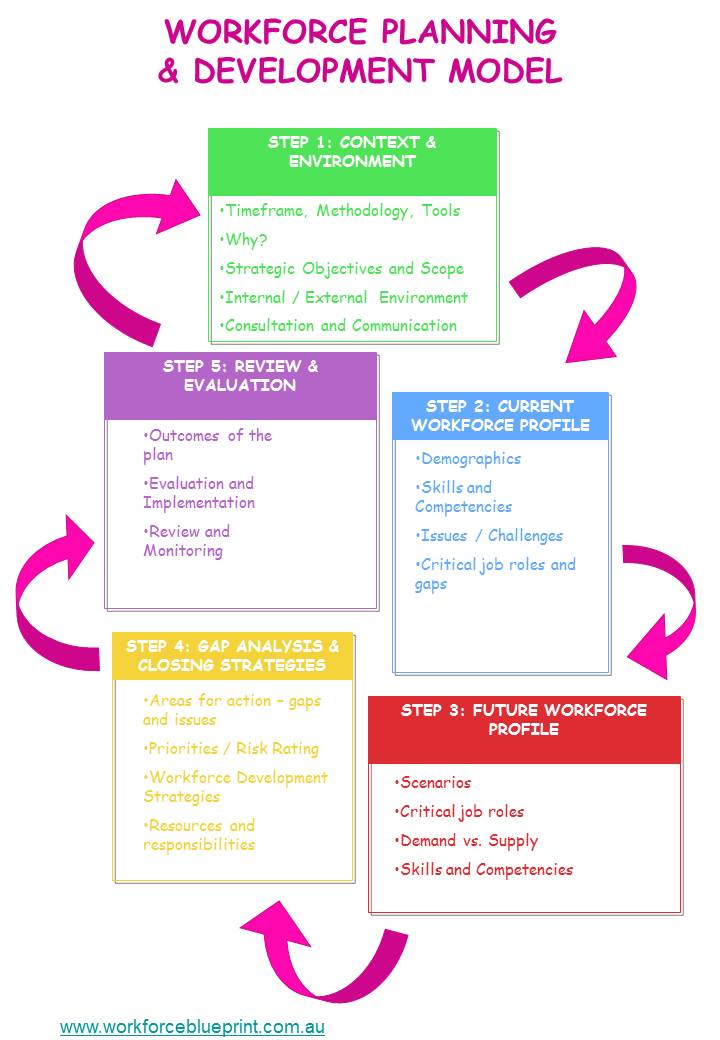
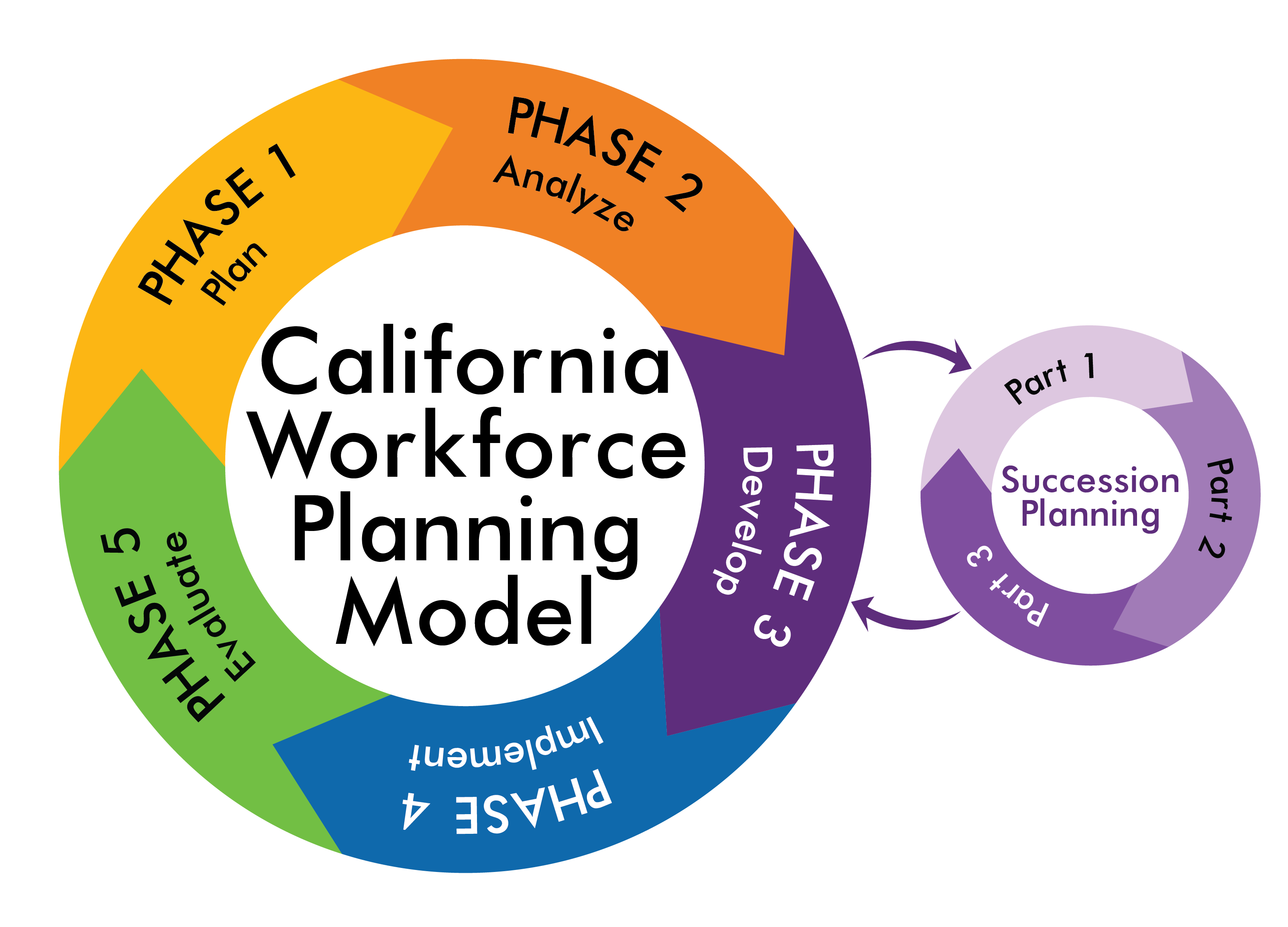
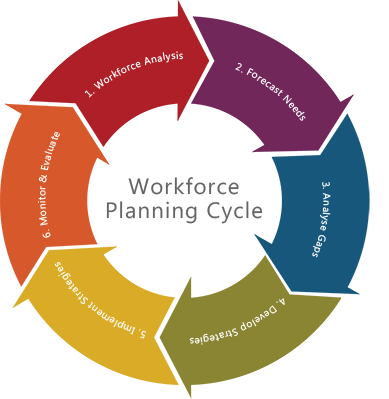
|
Skills & knowledges list |
Ability |
Job importance |
|
|
|
|
|
|
Low ability – novice moderate ability – skilled high ability – advanced / mastery |
low job importance moderate job importance high job importance |
|
Action Plan: Skill / knowledges area |
Training activities |
Completed by |
|
|
|
|
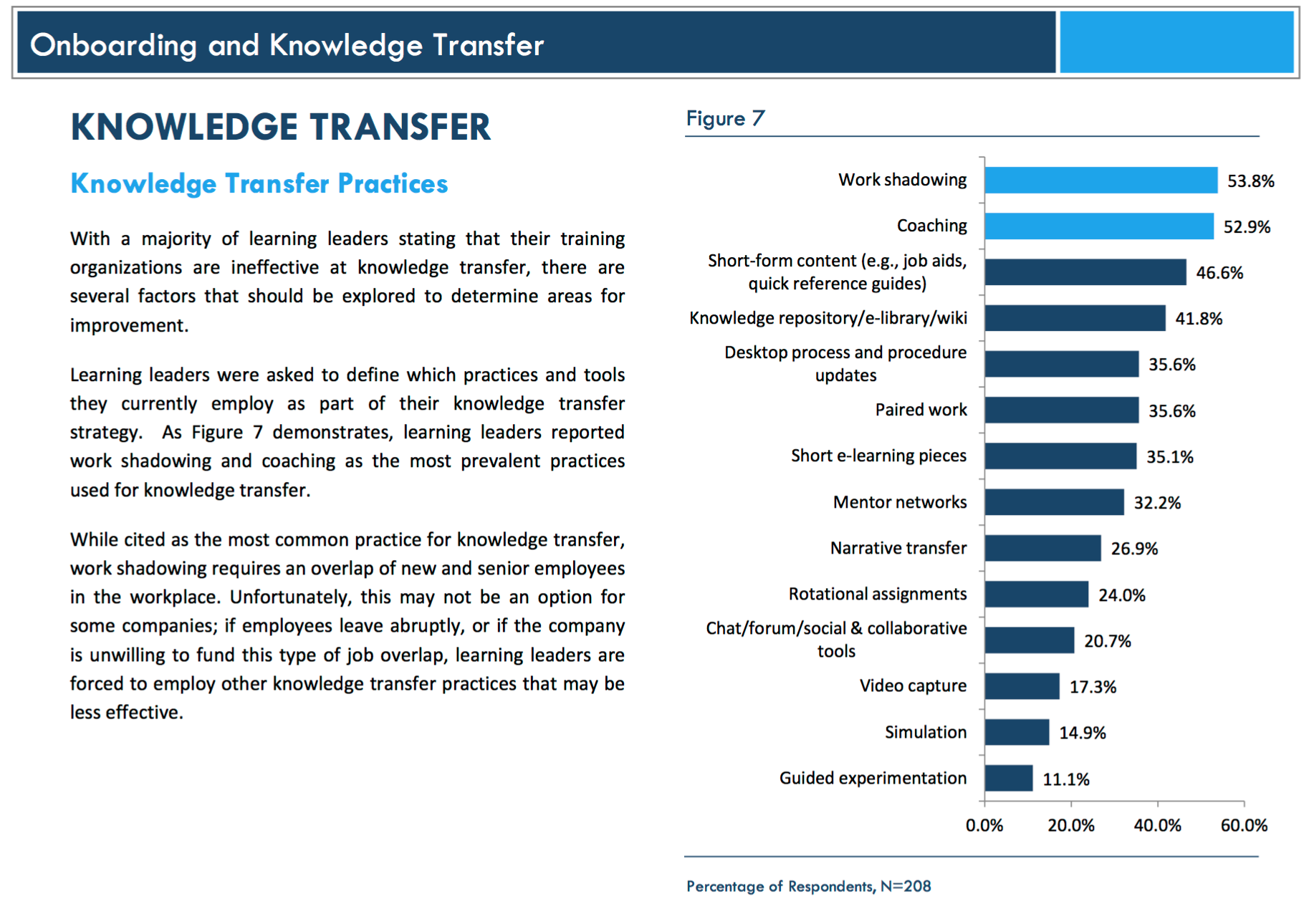
https://www.southeastern.edu/admin/stu_orgs/assets/running_an_effective.pdf
Before a Meeting:
Define the purpose/ objective of the meeting
Develop an agenda
Distribute the agenda and any necessary materials that will need to
be discussed at the meeting
Determine a time limit and stick to it
Send reminders about the meeting
During the Meeting:
Greet members and make them feel welcome
Start and end on time
Stick to the agenda, avoid tangents if at all possible
Encourage group discussion
Keep minutes for future reference
Summarize agreements or decision reached
End the meeting on a positive note
End the meeting with the objectives and expectations for the next meeting
After the Meeting:
Transcribe any minutes and distribute out
Follow up with delegated decisions
Put unfinished business on the agenda for next time
https://www.reference.com/business-finance/examples-insubordination-workplace-772ae1f1fb1990cb
For employees who are insubordinate at work, there are severe consequences. The employee is refusing to work and as such can be fired for breaching the employment contract. When an employee thinks that an order from his or her supervisor is unfair or is improper, the employee is still expected to comply because of his or her employment contract unless the order is illegal.
However, if a superior provokes an employee leading to a confrontation or is harassing an employee, then refusing to work is not considered insubordinate behavior. To fix this problem, it is important to not talk with coworkers or colleagues about the issue and to handle it discretely. The owner of the company or the supervisor of both the employee and the manager will handle the situation. If it becomes public knowledge then it can be considered insubordination, as the employee is considered to be ruining morale for the company.
http://smallbusiness.chron.com/types-behavior-indicate-insubordination-10370.html
Deadlines
Insubordinate employees begin to lose respect for their managers and begin to miss project deadlines. The insubordinate employee may offer a series of excuses, or he may not offer any explanation or apology at all. As a defense, the insubordinate employee may try to blame coworkers or teammates for missing deadlines. But he will not take responsibility for his actions even though he is well aware of the consequences.
Managerial Process
When a manager has an insubordinate employee on her hands, she will notice it is difficult to get that employee to follow instructions. The employee may even openly challenge the manager's instructions and refuse to comply. This kind of open insubordinate behavior needs to be addressed immediately, as it could spread and begin to affect the morale and productivity of the rest of the staff.
Force Field Analysis
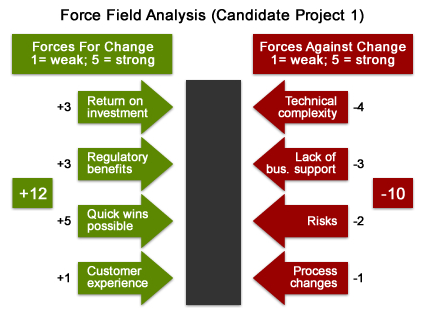
SWOT analysis
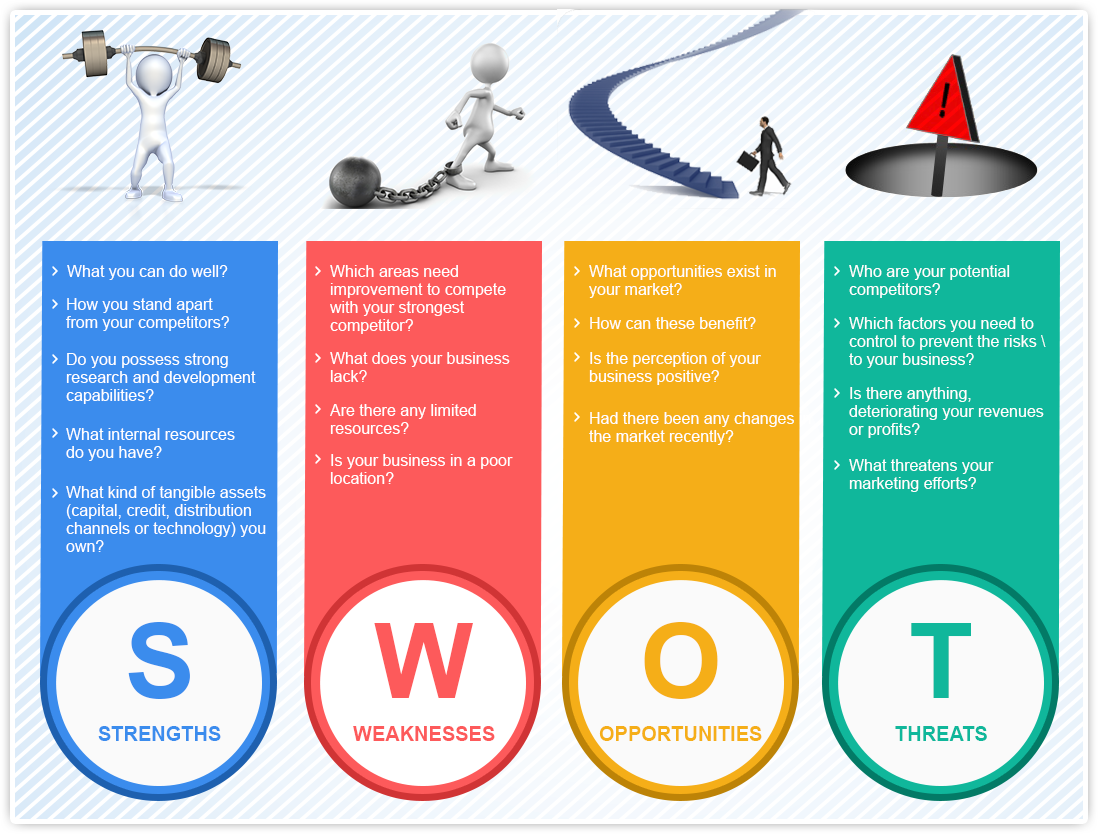
Consensus
ways to bring about consensus
summarize different point of view
straw poll/vote – sense of the group; not a binding vote
what would you need to accept this?
Hear from each person
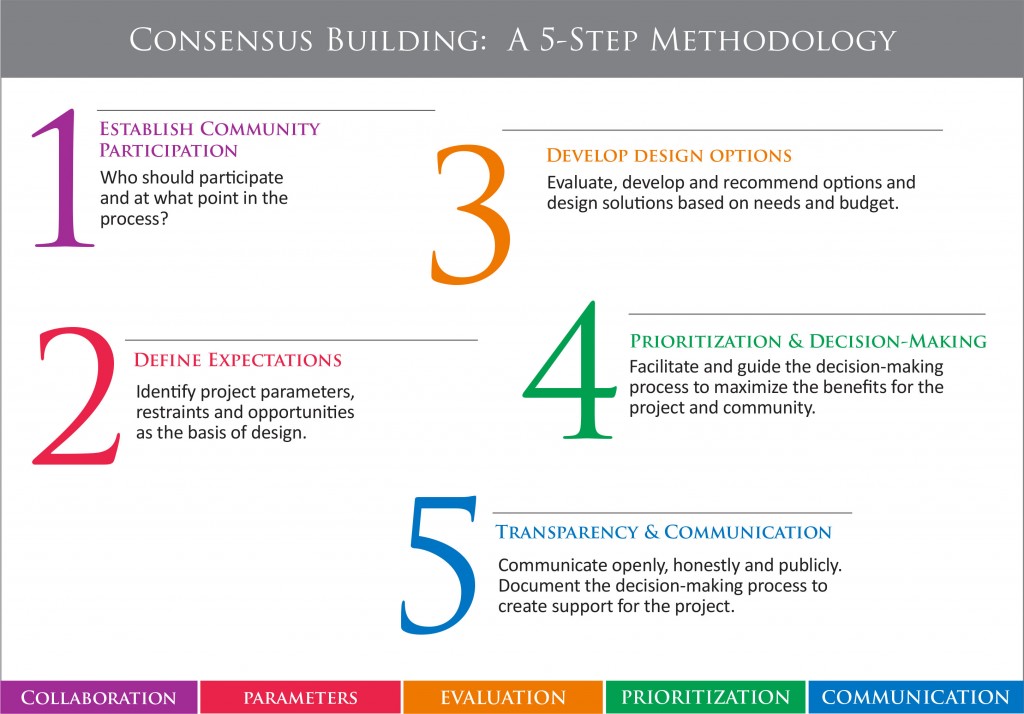
How we move through change
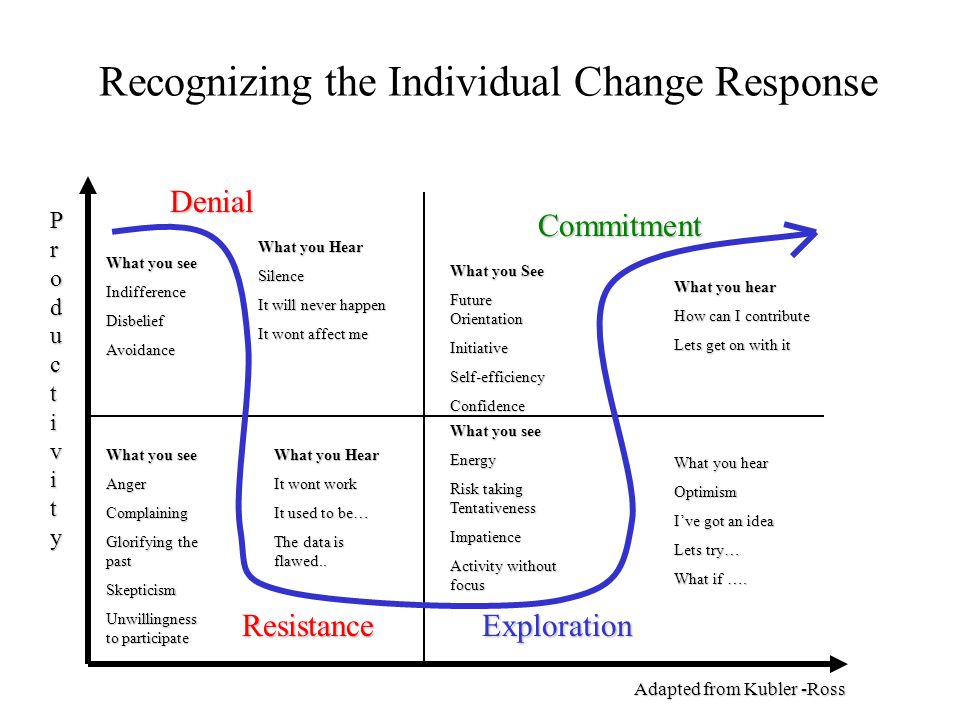
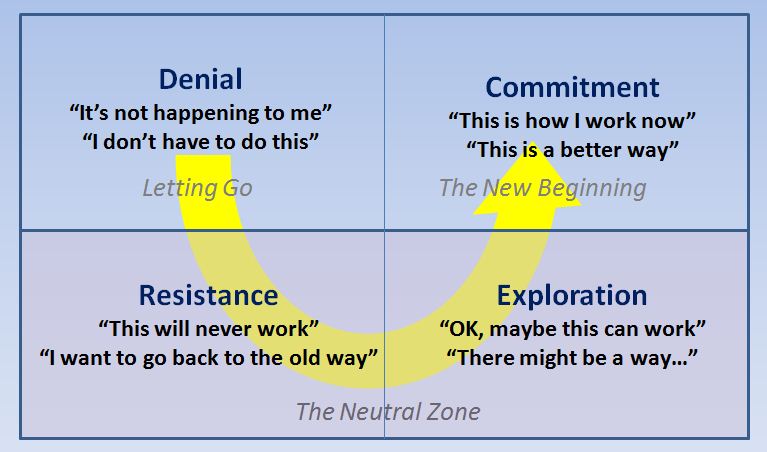

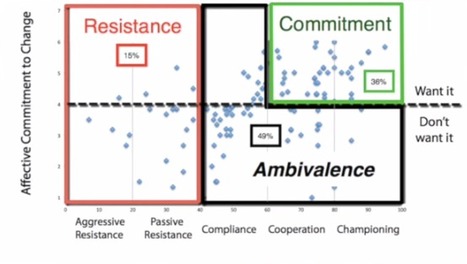
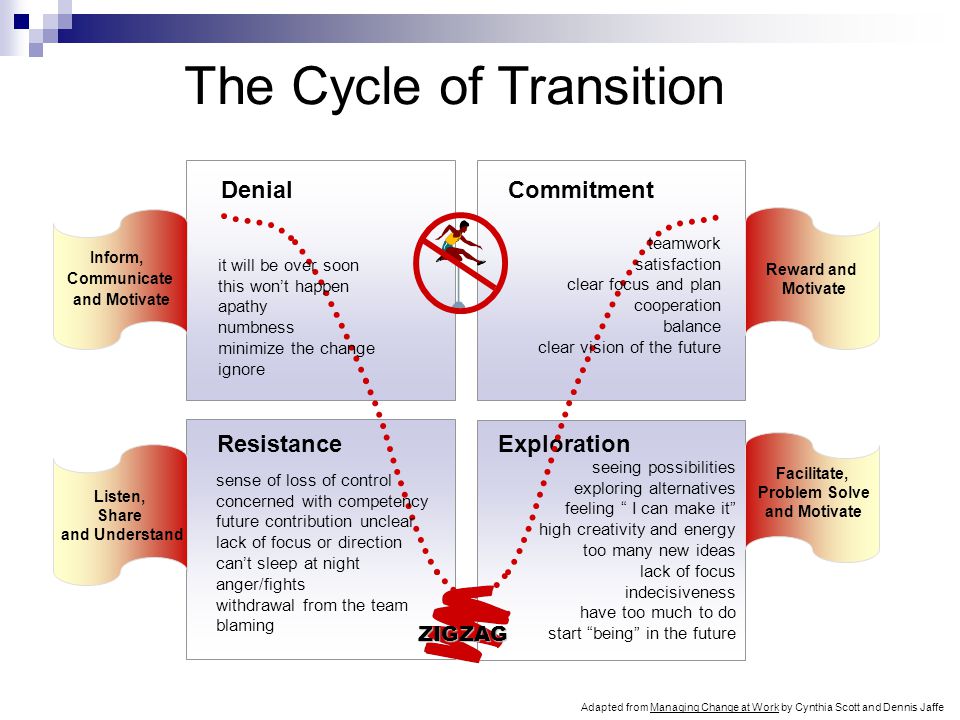
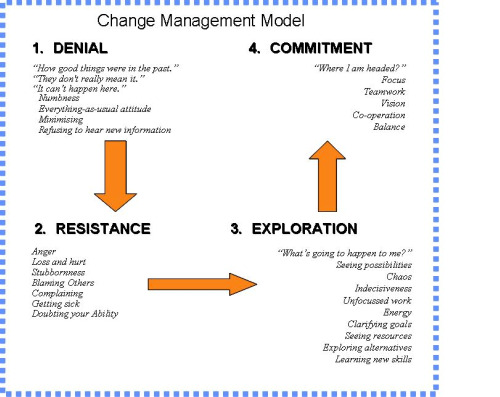
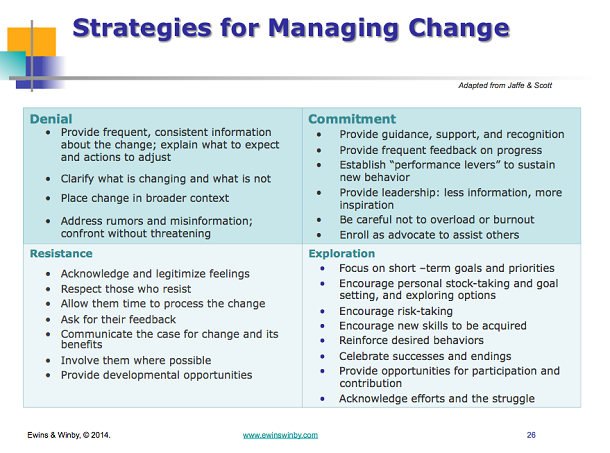
2 types of resistance
Cognitive
focusing on the negative
predicting dire consequences
comparing with the 'better past'
trying to delay the change
expressing pessimism
looking for examples of failure
Emotional
resentment of change agents
fear of the unknown and ambiguous future
stress, anxiety, apathy
short attention span
hostility and aggression
Active resistance
deliberate opposition
deduced output
chronic quarrels
sullen hostility
pointing out 'why this won't work'
agitating others
failure to report problems
problem denial
Passive resistance
withholding information
foot dragging
avoiding confrontation
minimal productivity
refraining from attacking the solution, but not supporting it either
claiming, 'we've always done it this way'
over-complicating the new ways
Reasons for resistance
worries about incompetence
past conflicts
threatened personal status
Urgent , Not Urgent, Important, Not Important
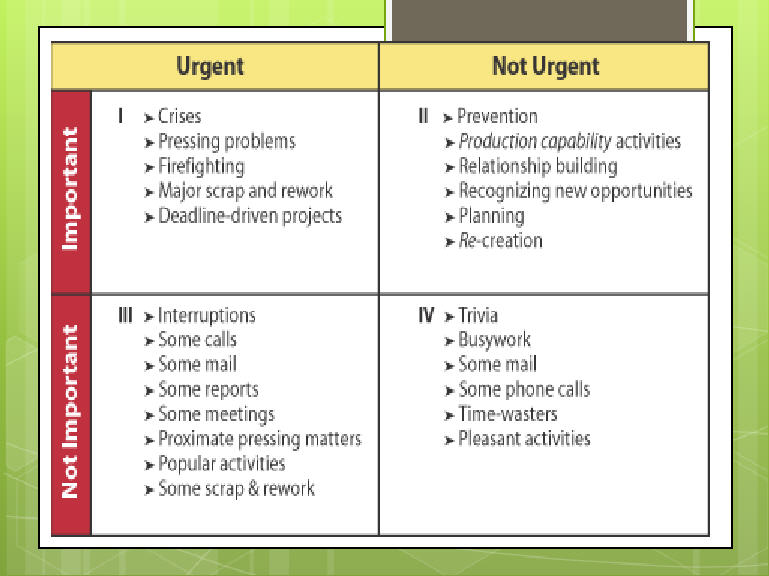
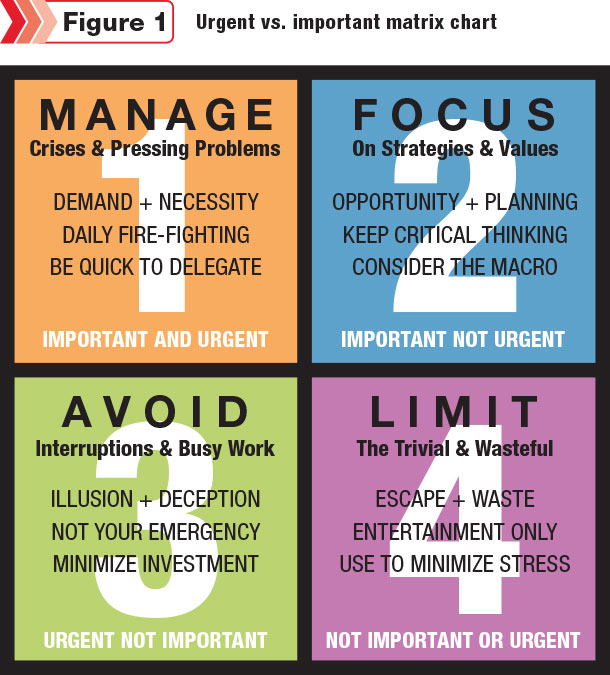
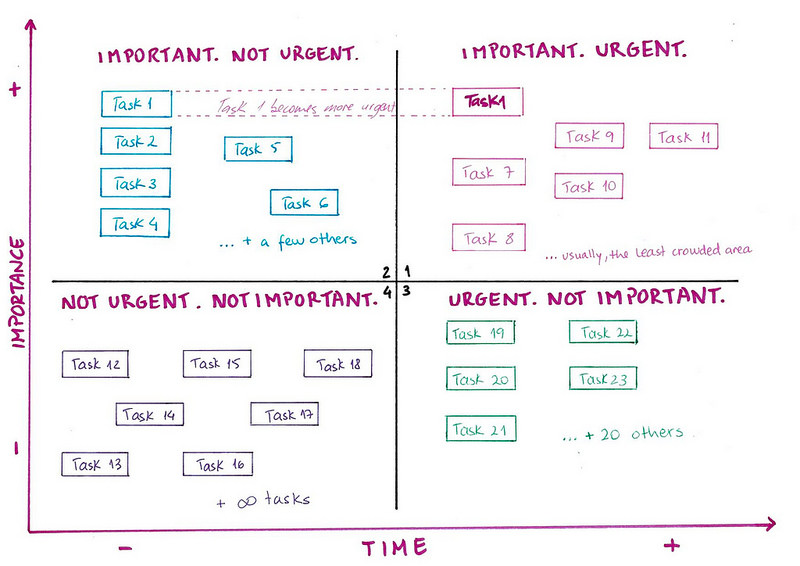
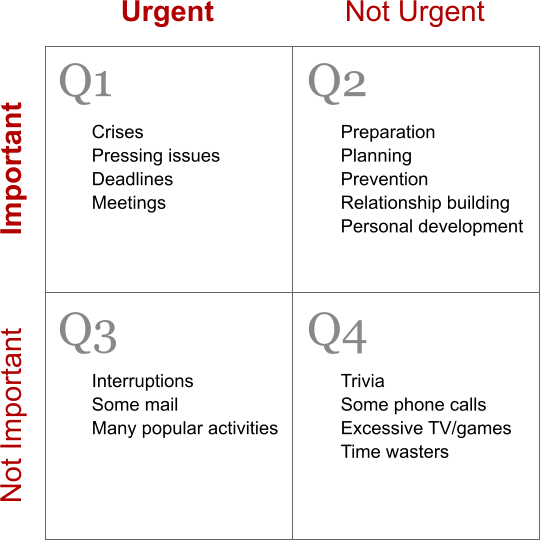
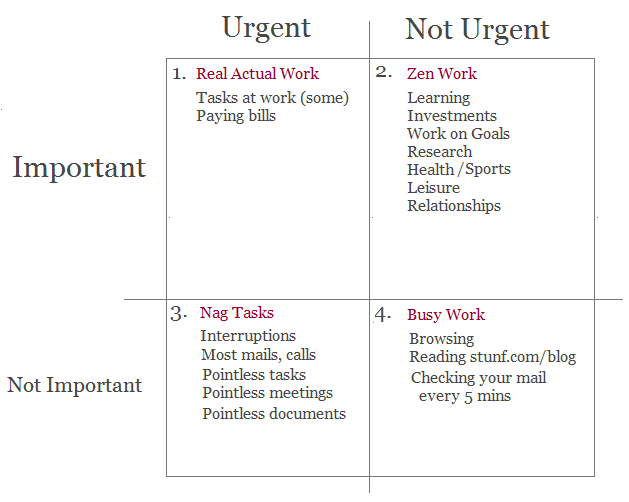
Managing Time => Attention Management
As a manager, get the things done through others.
Common complain: 'I can never finish'
https://www.mommd.com/toptentimewasters.shtml
Top ten time wasters
1. INTERRUPTIONS/DISTRACTIONS
If you have a constant stream of well-intentioned colleagues, subordinates and/or family members interrupting your concentration and focus, stop them by communicating when it's okay to interrupt and when it's clearly not.
2. POOR PLANNING.
Planning is so critical when you want to accomplish something. Planning in advance provides direction before proceeding toward a goal.
3. PERFECTIONISM
Although perfectionism is a behavior it's also an attitude. By striving toward progress rather than perfection, you will free up a lot of your time and energy.
4. PROCRASTINATION
Like perfectionism, procrastination also is both a behavior and an attitude. Waiting until the last minute or otherwise putting things off tends to create a crisis or problems that may not otherwise exist. In addition, by not doing something you're procrastinating about, you also end up wasting considerable time worrying about how much you're procrastinating. Just do it.
5. TRYING TO DO EVERYTHING YOURSELF
Taking on the world all by yourself will not serve you or the people around you. Learn to say "no" and to delegate tasks others can do for you (even if it's not up to your standards).
6. TAKING ON TOO MUCH.
Biting off more than you can chew is a prime example of taking on too much. Not having strong clearly communicated boundaries is another example. You do not need to volunteer to be on every project, organization, taskforce, association, etc.
7. CRISIS MANAGEMENT
A crisis is an unforeseen emergency. By planning and asking yourself whether or not something is truly urgent, what will happen if it's not handled immediately, you will eliminate a great deal of this fire fighting behavior. Remember the old adage, "haste makes waste".
8. TOO MUCH SOCIALIZING
Although we all love to have friends and enjoy our relationships, by allowing yourself too much freedom in this area you'll wind up spending a large percentage of your 'work' time socializing and will be pressing to meet deadlines.
9. NOT VALUING YOUR OWN TIME.
Others will not respect or value your time if you don't send the message that your time is important. Watch your actions, behaviors and commitments--are they communicating the right message?
10. LACK OF SKILLS
Organizing, prioritizing, decision-making and problem solving skills are all critical in supporting effective use of time. Strengthen these skills and you'll see a remarkable difference in how you use your time.
While instant messaging can be a useful intra-office tool, its generally informal (and instant!) nature can also make it productivity’s worst enemy. How many times has a discussion about something work related quickly degenerated into a half-hour gossip session? And there’s always someone with a lot less to do who will tempt you into a chat marathon.
The solution: If you can’t disconnect completely, at least set your status to “Busy” for a good portion of the day. This will help deter frivolous chatter. If someone insists on bothering you with non-work related chit-chat, tell them (politely) that you are in the middle of something and ask if you can pick up the conversation another time (maybe during your lunch break?). Don’t feel bad about it – no one will fault you for your silence if you’ve got work to do. If they do, you probably don’t want to be chatting with them anyway.
We’ve all become addicted to email as a form of communication. It’s convenient. It’s also a great way to keep an electronic trail of your correspondence (helpful if you’re ever challenged on a decision or occurrence). But a lot of time is wasted on back and forth emails that would be more easily resolved as a verbal conversation. Don’t even get me started on the oh-so-common “reply-to-all” debacle.
The solution: If there’s something that needs to be discussed, opt for a face-to-face conversation. Is the person you need to speak to on the other coast? Call them. And if you still want a written record, write up a quick email after the conversation outlining where things left off and send to all relevant parties. On the surface it seems like more steps, but it can mean the difference between an hour of work and a two-day back and forth email discussion.
“Meetings about meetings.” You know the kind –- you get together for an hour and all you end up with is a list of what should be discussed in yet another meeting. Sure, meetings are an essential part of the workplace. But if run poorly, they can be a colossal waste of time.
The solution: Meetings should have a purpose; a set of tangible goals you want to accomplish. This should be realized by tackling a set agenda, which should be distributed to attendees before the meeting starts. Stay focused on the task at hand. If there are visual aides, have them set up and ready to go before the group enters the room. Finally, make sure you really need a meeting: if what you have to say can be just as easily shared in an email to the group, why get people up and away from their work?
Speaking of meetings, what about those 15-30 minute gaps between them? What do you ever really accomplish in that time? Usually, very little. Sure, it gives you a bit of time to decompress, but it also takes you in and out of meeting mode for no apparent reason. If you have several meetings a day, that limbo time can amount to a couple hours of waste.
The solution: Schedule your meetings back-to-back if you can; you’ll knock them out more efficiently. The time in between is better clumped together at some point in the day so it can be used for productive endeavors.
You’re in the middle of something when you get an “urgent” email. You reply, only to be accosted by a phone call shortly after. You hang up, only to be faced with yet another email that demands your response. And on and on. Before you know it, it’s 4pm and you still haven’t made a dent in what you’d started first thing this morning. Sound familiar? The average employee works for just 11 minutes before being distracted. No wonder we’re struggling to get things done.
The solution: It’s unavoidable – the hyper-connected workplace will throw constant interruptions at you. The trick is to learn how to react to them without taking away from the task at hand. If you’re busy, let your phone go to voicemail. Set aside three times a day where you manage your inbox. Of course, there are instances where an email demands an urgent reply. But more often than not, it doesn’t. Know the difference.
Everyone likes to think they’re great at multi-tasking. And maybe you are. But there’s a limit to how many things you can do at once without taking away from the quality of your work and, ultimately, slowing down the process. Shifting between five different projects at once? You’re probably wasting your time.
The solution: Prioritize and then break up your day accordingly. It’s the key to successfully completing any project. Write down everything you hope to achieve and assign a set time to do so based on importance. Don’t move on to the next task until you’ve really completed the previous one. Not only will you do a better job when you’re focused, you’ll also force yourself to finish something within the time allotted.
Your primary workspace might be the top of your desk, your desktop computer or most likely, a combination of the two. Either way, if it’s messy, you’ll end up wasting a lot of time looking for things.
The solution: A scattered workspace makes for a scattered mind. De-clutter, and you’ll manage your work more efficiently. Before you leave the office, clear your desk of cans, cups, food and paperwork. Use that file cabinet for something other than your box of saltines. Recycle paperwork you’re never going to use. And don’t add unnecessary items to your files – if you don’t need to print something out, don’t. Your company’s shared drive is perfectly capable of storing documents tidily.
In the olden days, it was a little harder to get in the way with personal correspondence at work. Today, you can be constantly connected to friends and family without anyone really noticing. It’s no longer a question of “Will I get caught?” so much as “How much time am I wasting?” If you’re checking Facebook religiously, G-Chatting with friends or responding to personal emails the same way you do professional ones, the answer is: a lot.
The solution: These days, employers understand that you may spend some time at work doing personal things (after all, you spend so much time there). Leave your personal correspondence for your lunch break. You can check your various accounts all at once, guilt-free. Be firm with your friends and family about contacting you during work hours –- if they’re not reaching out to you between nine and five, you’ll be a lot less tempted to check in. You’ll also have a better time overcoming Culprit #5.
You need to step away from what you’re working on so you search for reviews of that movie you’ve been dying to see. Before you know it, you’ve got six tabs open in your browser. You’re looking up concert tickets, shoes, today’s news and the etymology of a words. No need to ask where your afternoon went. Your browser history says it all.
The solution: Know your limits. If you’re tempted to look something up, wait until you’ve at least finished what you’re working on. Preferably, leave this type of search for your lunch break or the end of the work day. It’s just too easy to get sucked in when there’s endless information at your fingertips.
Everyone needs to step away from their desk every once in a while. In fact, it’s been said that taking breaks can often make you more productive. But if you’re going out for a smoke or a coffee run every half hour (sounds extreme, but not totally unrealistic), you’re reducing your productivity to the bare minimum by never really getting into the groove of your work.
The solution: It’s a good idea to look away from your computer every fifteen minutes or so. But when it comes to breaks outside the office, reserve them to three a day: one mid-morning, one at lunch time, and one in the afternoon. Taking your full lunch break is key. If you’re out of the office for a solid hour mid-day, you’ll feel less of a need to step out for smaller breaks. And you’ll be able to get into the work groove – and stay there! – more often.
https://blog.bulletproof.com/attitude-awareness-authenticity-the-3-as-of-awesome/
Attitude Awareness Authenticity
The first “a” is attitude. Neil defines it as making the choice between two things – dwelling on a problem, failure, or choosing to acknowledge it and move on.
The second “a” is awareness. Neil describes awareness as “embracing your inner 3-year-old.” What he means, however, is taking the chance to see everything as if it is the first time you’ve seen it.
The final “a” is authenticity. It’s common, but good advice – follow your heart and do what you love. His example from real life – “Rosy Greer’s Needlepoint for Men” book – is too hilarious to believe.
https://www.ted.com/talks/dan_gilbert_asks_why_are_we_happy
Dan Gilbert, author of "Stumbling on Happiness," challenges the idea that we’ll be miserable if we don’t get what we want. Our "psychological immune system" lets us feel truly happy even when things don’t go as planned.
3 gratitudes every day
write about a nice moment in the last 24 hours
exercise
mediation
acts of kindness
|
Rest, holidays, family and friends' support, colleagues and employer's support, job satisfaction |
|
replenishment |
|
Difficult deadlines, family problems, substance abuse, long hours at work, physical danger at work |
0
1
2
3
4